
This project allowed for large-scale demonstration and evaluation of an oyster breeding process to local conditions on Florida’s west coast by oyster growers. The objectives were two-fold:
SCOPE OF WORK:
Oysters from two ploidy types (triploids – 3N and diploids – 2N) and two seasonal spawns (spring and fall) were provided to certified growers, who obtained approval from DACS to culture oysters on their shellfish aquaculture leases. Ten growers in five west coast counties (Charlotte, Franklin, Lee, Levy, and Wakulla) used a variety of culture systems (floating bags, floating cages, bottom cages, and adjustable lone lines), which allowed for evaluation of site and gear interaction on ploidy type. University of Florida (UF) faculty also cultured oysters at their experimental lease off Cedar Key to document growth and survival and evaluate gear types, stocking densities, and antifouling coatings.
PROJECT TEAM:
TIME PERIOD: 2016–2018 FUNDED BY: NOAA National Sea Grant Aquaculture Technology Transfer
View Final Report here (PDF File)
FOLLOW THIS PROJECT BY VIEWING THE NEWS ARTICLES BELOW:
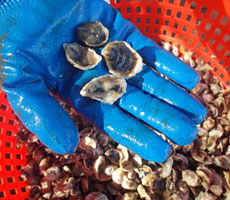
July 27, 2016
Single-set triploid oyster seed were produced by crossing Cedar Key stocks with sperm from tetraploid stocks maintained at Louisiana Sea Grant’s oyster hatchery. Read more
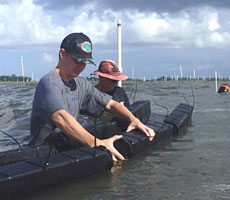
September 14, 2016
Triploid and diploid oyster stocks were also planted by UF at their experimental lease located within the Dog Island Lease Area off Cedar Key on August 4.
Read more
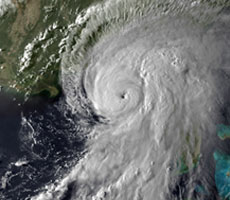
October 7, 2016
After meandering around the Gulf of Mexico as a tropical depression, Hurricane Hermine gathered steam and headed straight for the Big Bend coast on September 2. Read more
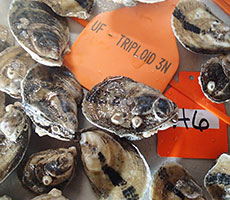
November 1, 2016
This article summarizes the growth of diploid (2N) and triploid (3N) oysters cultured at the UF experimental lease within the Dog Island Lease Area near Cedar Key. Read more
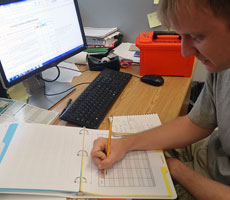
January 2017
Another component of the Oyster Culture Demonstration Project is to document economic costs and benefits associated with diploid versus triploid oyster production along the west coast of Florida. Read more
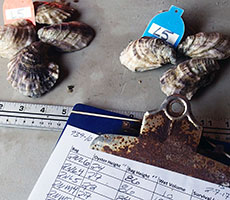
February 2017
A similar number of oysters provided to project participants were also cultured at the UF experimental lease off Cedar Key so that growth and survival could be documented bimonthly during growout. Read more
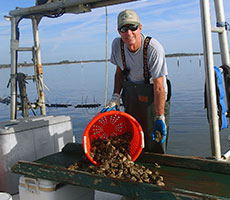
March 2017
Ten growers in four west coast counties participating in this project received oyster seed (2500 of each ploidy type, 20-22 mm in shell height) during July 2016 to grow on their leases. Read more
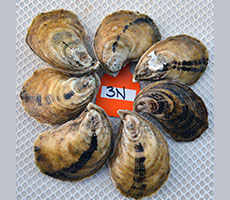
April 2017
Six months after seed oysters (average 25 mm in shell height) were stocked into 14 mm mesh Vexar bags (October 2016), they were harvested in April 2017 (12 months from spawn). Read more
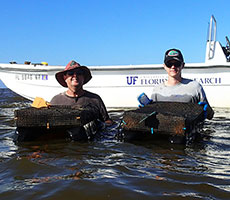
April 2017
To quantify the effects of seasonal harvests on ploidy type, several spawns using tetraploid oysters held from the spring 2016 spawn were attempted in the fall. Read more
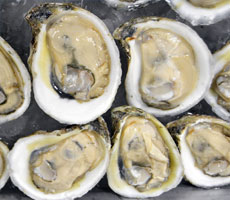
May 2017
Oysters typically acquire their flavor from their growing environment and are frequently named after their harvest location. Read more
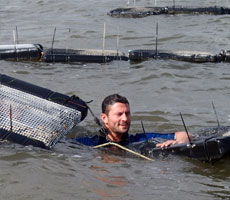
June 2017
The second phase of the demonstration project evaluates the performance of diploid and triploid oysters planted in early spring. Read more
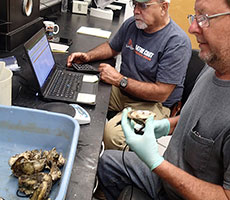
September 2017
As in the first phase of the demonstration project, oysters were also cultured at the UF experimental lease off Cedar Key in the second phase. Read more
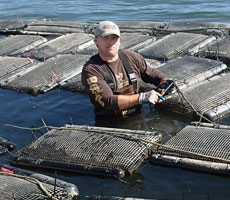
December 2017
In the second set of growers’ trials, eight growers in four west coast counties received oyster seed during March through April 2017. Read more
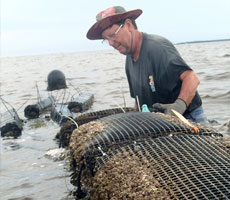
January 2018
Six months after diploid (2N) and triploid (3N) seed were stocked into 14 mm mesh Vexar bags, oysters were harvested in Nov. 2017. Read more
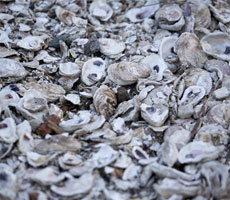
March 2018
What is Risk? Oyster farming, like any aquaculture or agriculture operation, has risks that are beyond the grower’s control. Read more
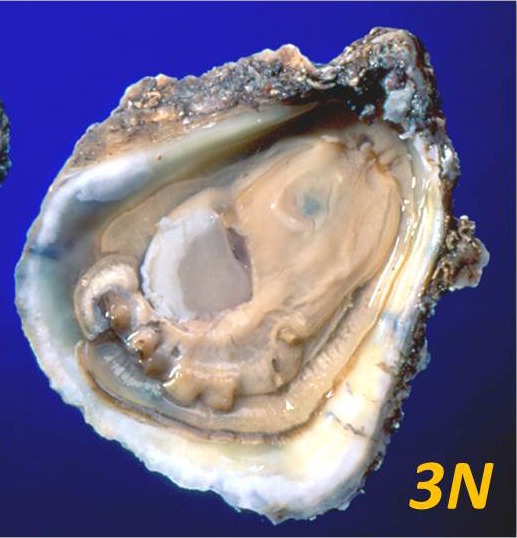
May 2018
Natural triploids of the eastern oyster Crassostrea virginica have only been available for commercial use for the past 15-17 years elsewhere in the U.S., and not until 2014 in Florida. Read more
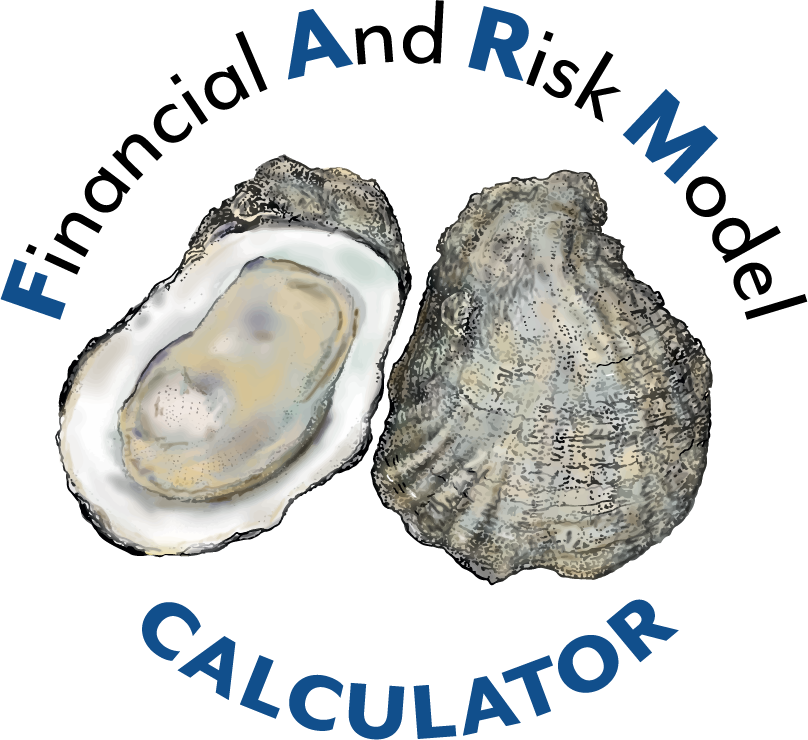
January 2019
Risk in oyster farming, as in all agriculture and aquaculture production, is any event that a grower cannot control but affects the grower’s operation. Read more

